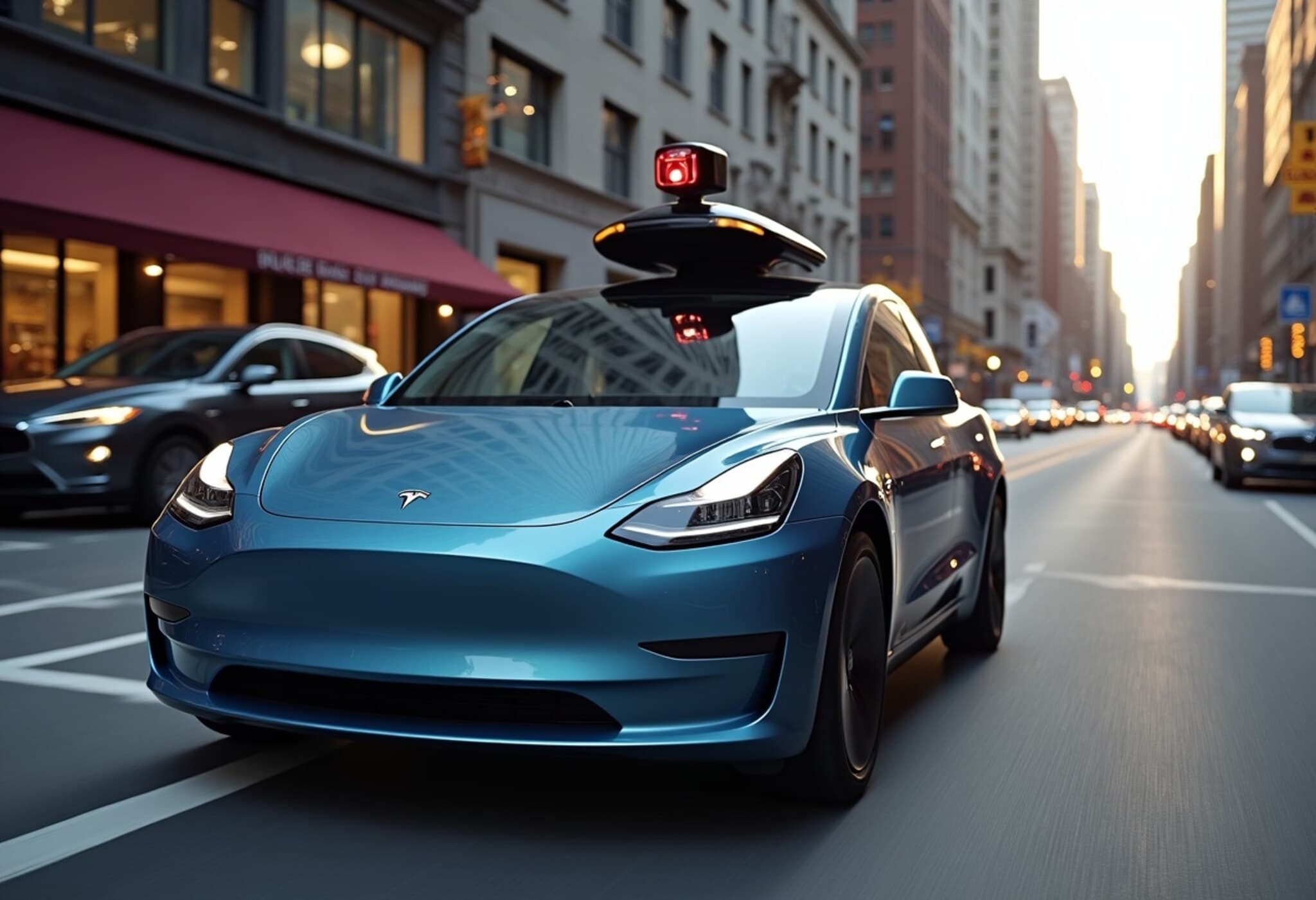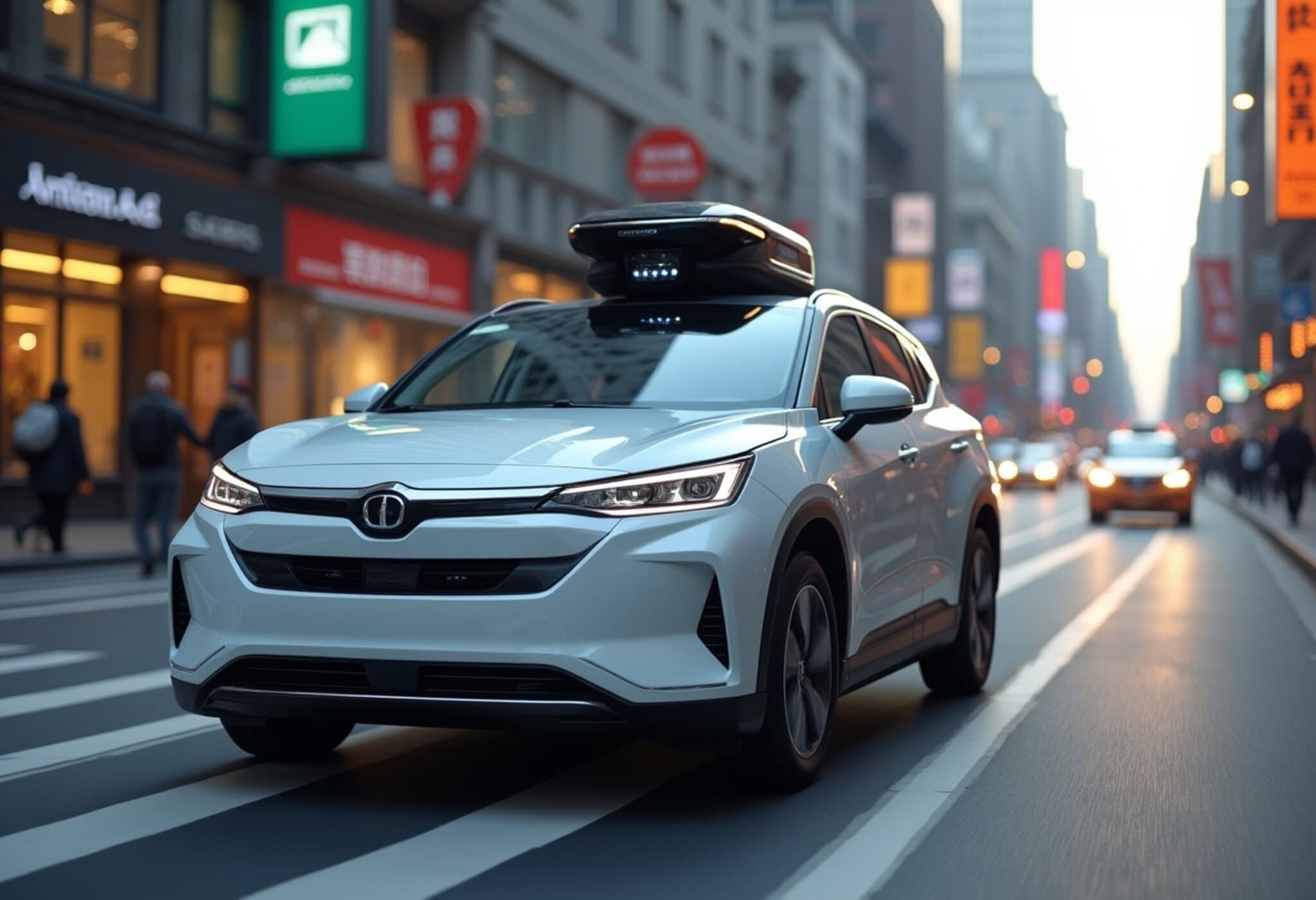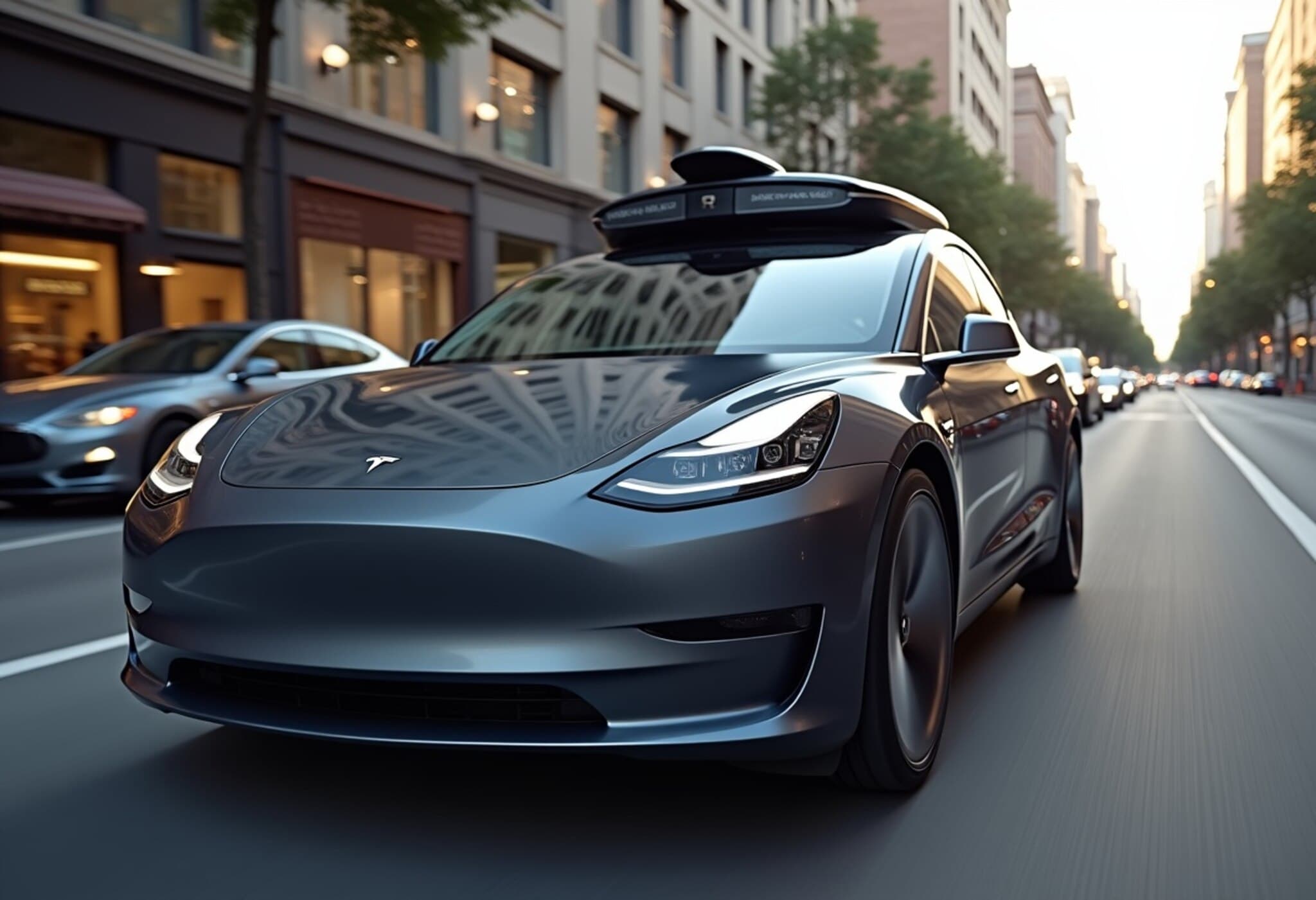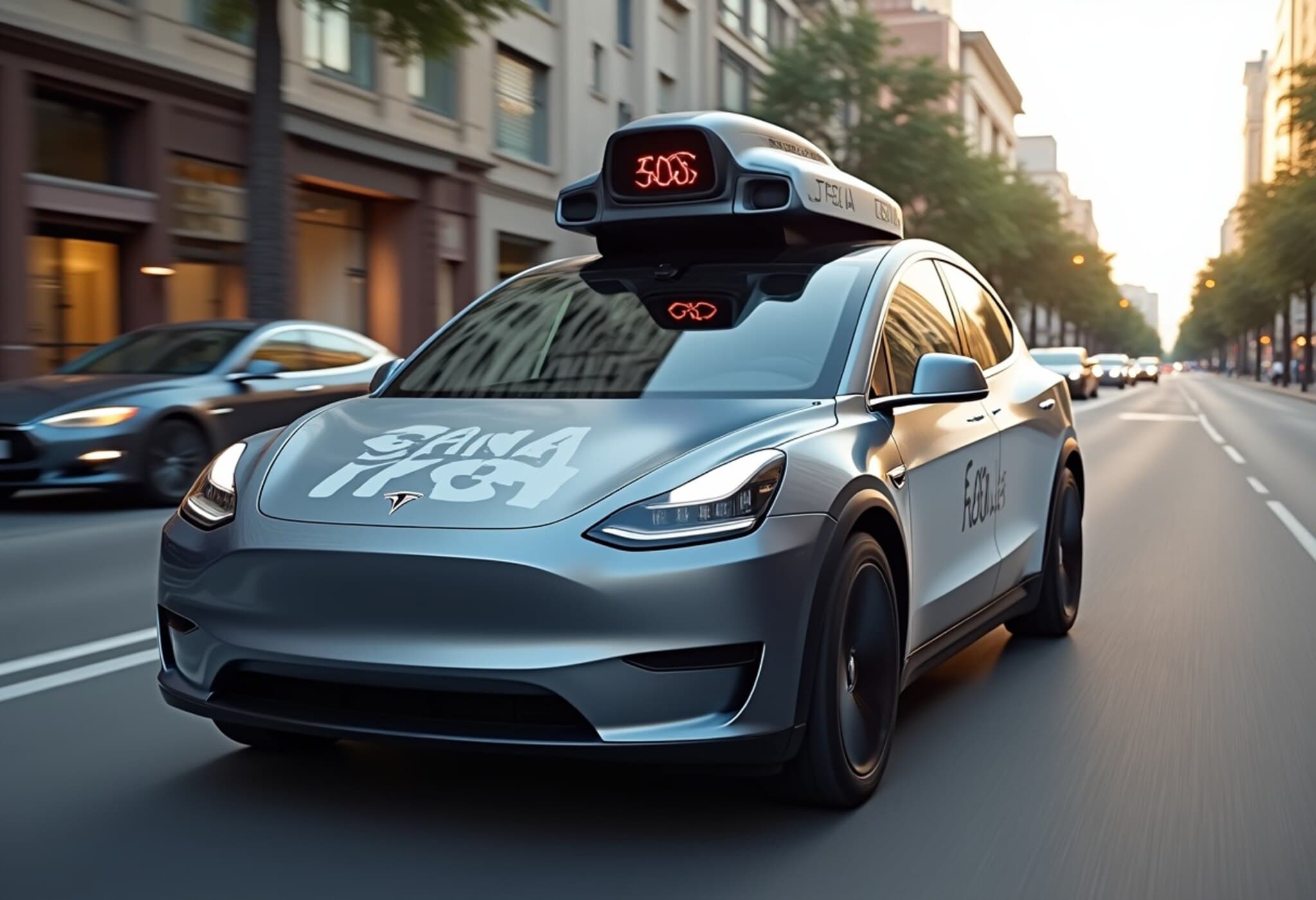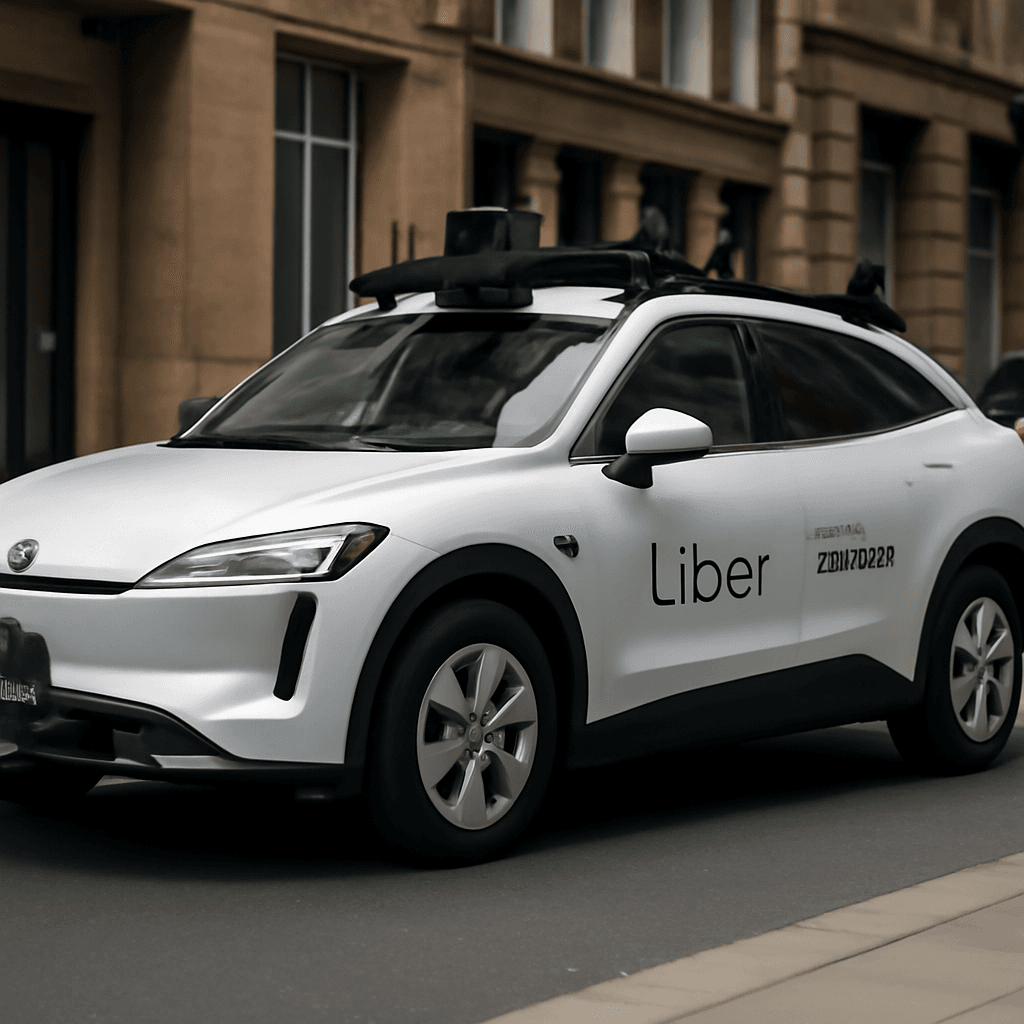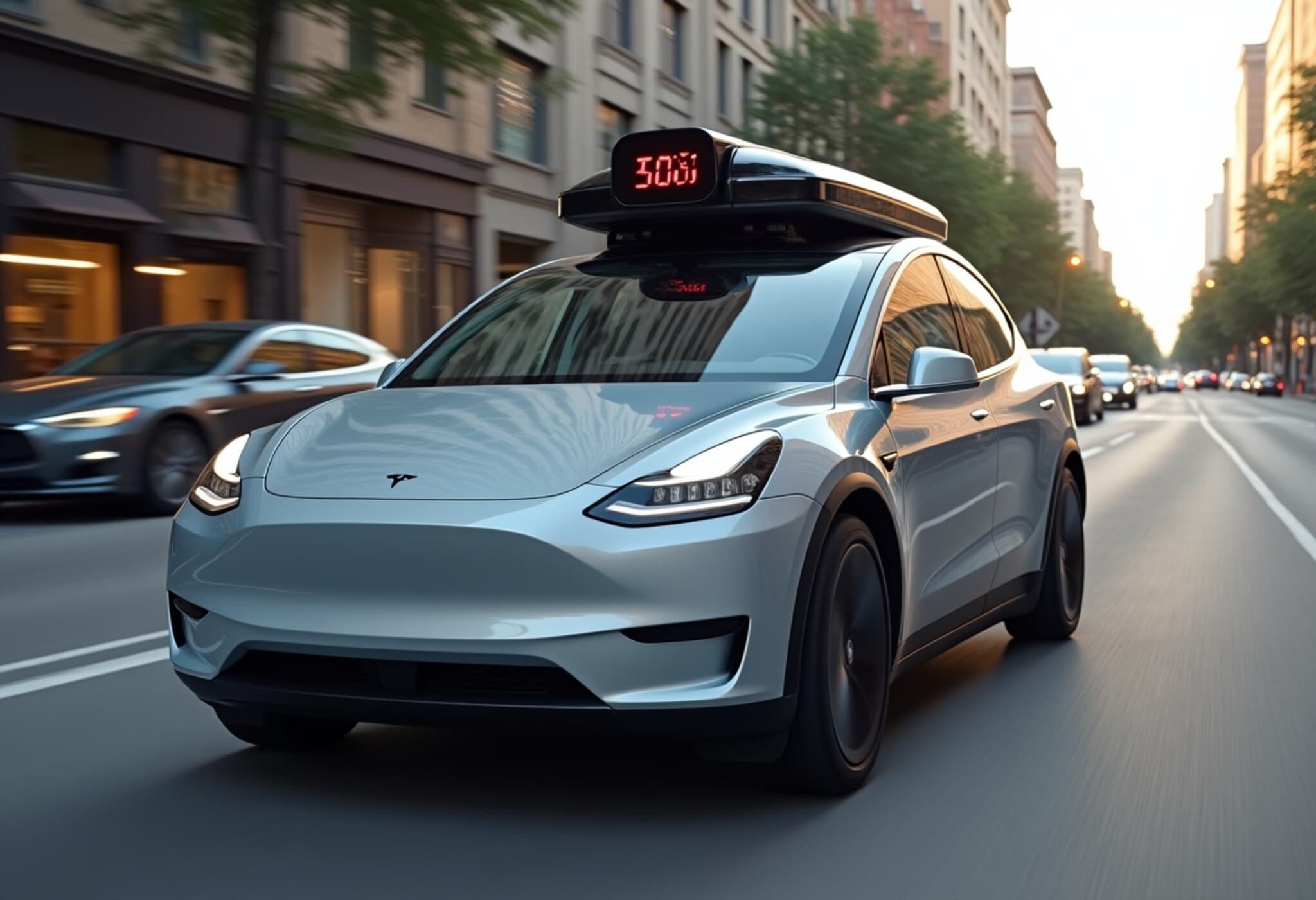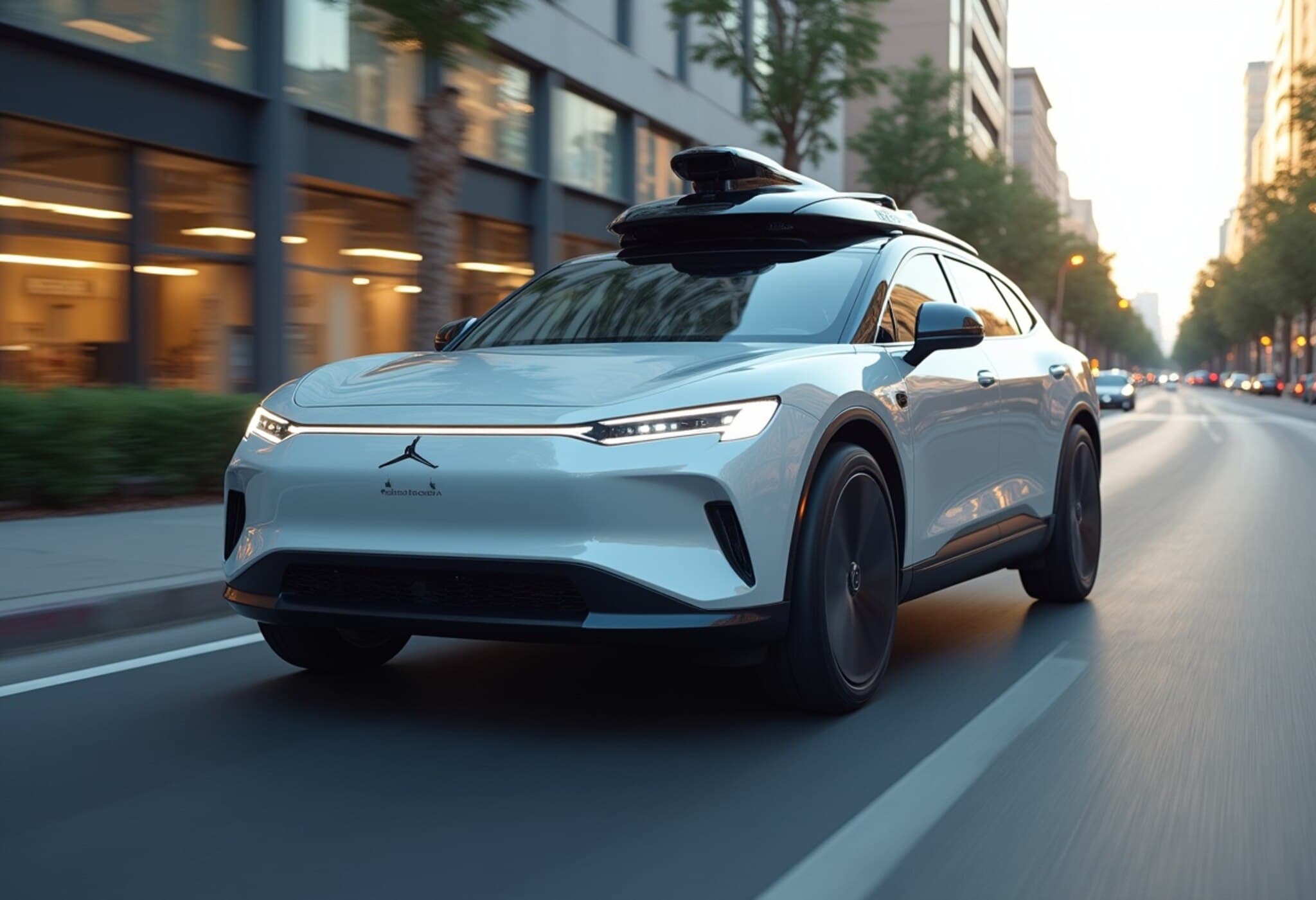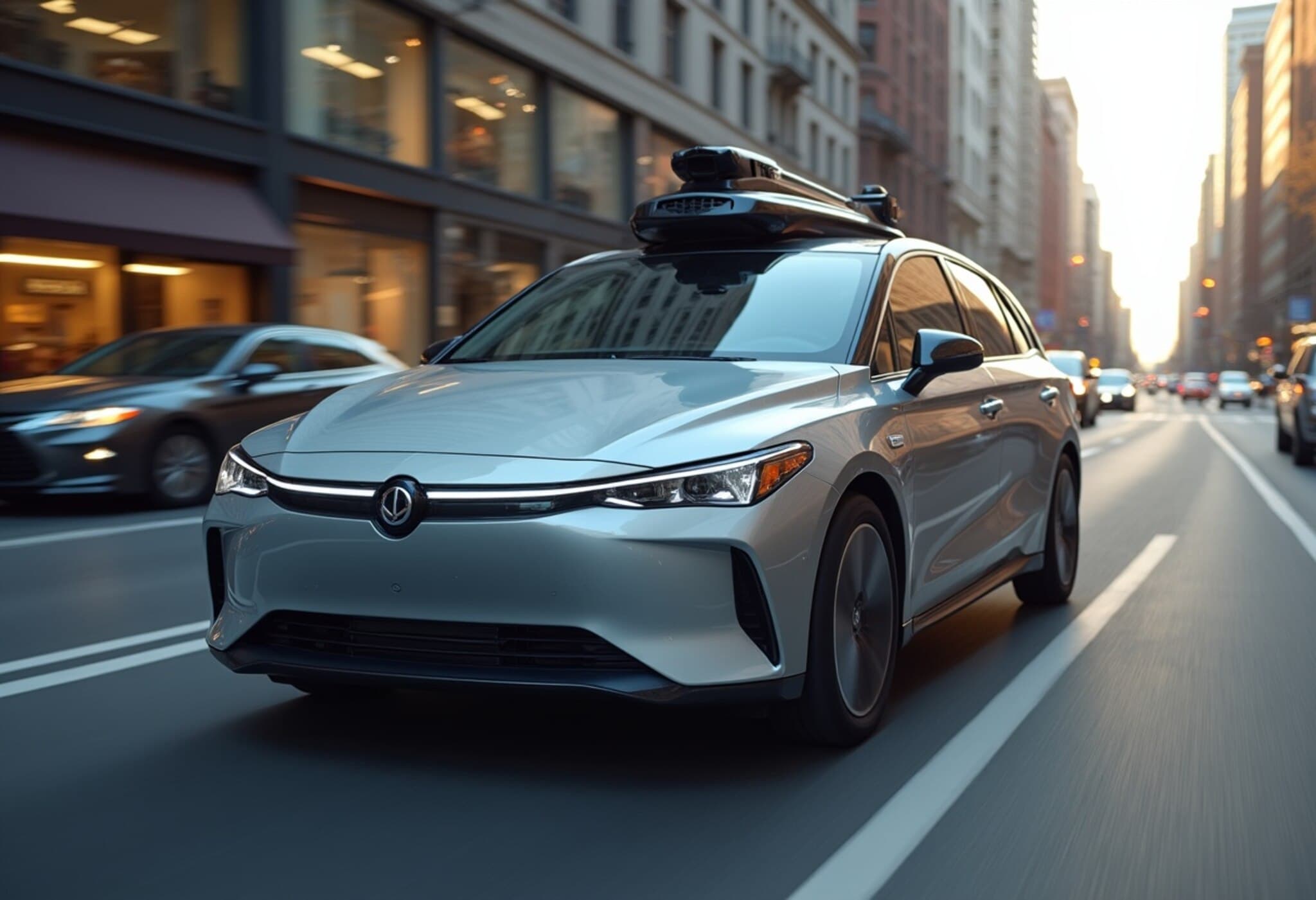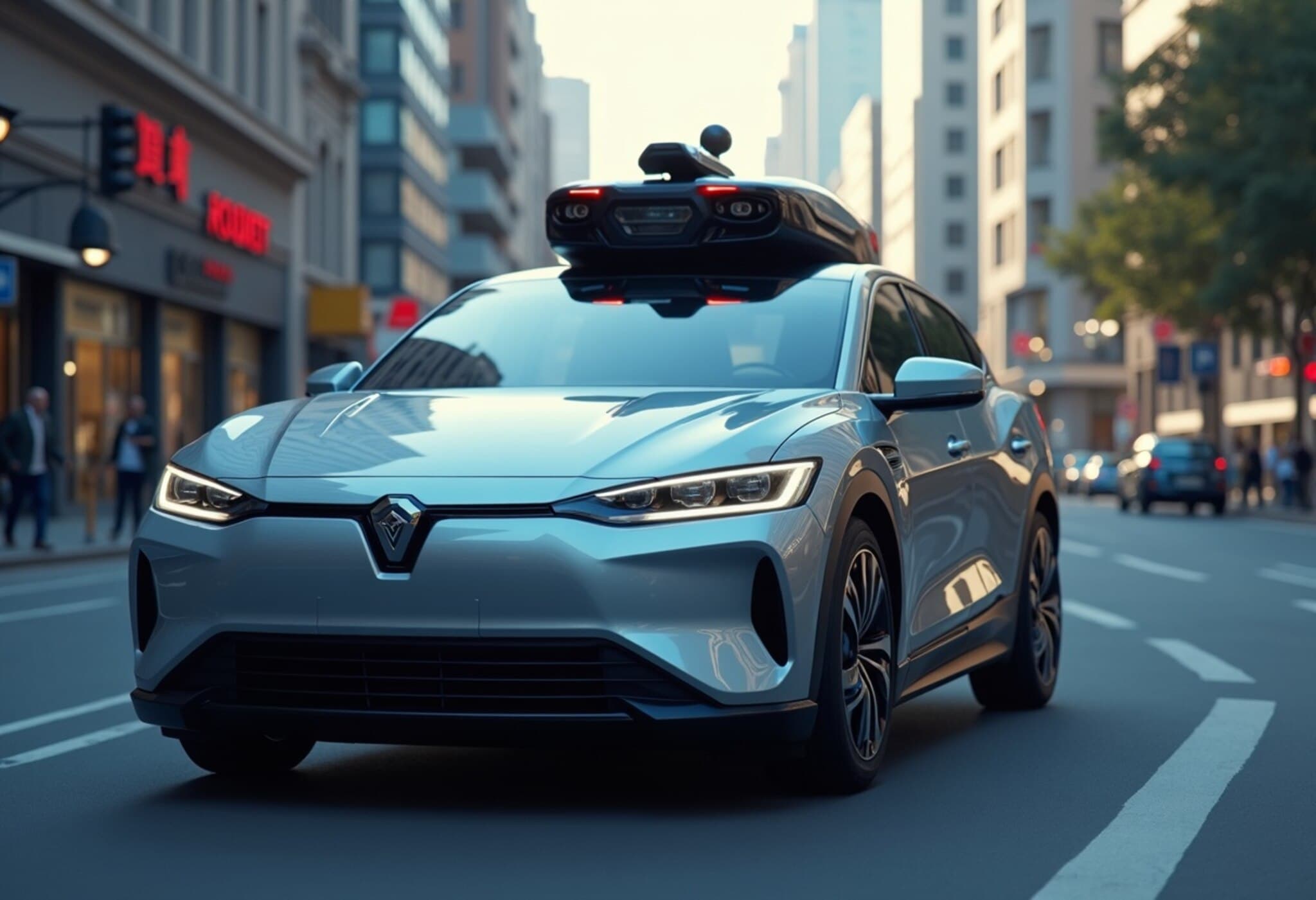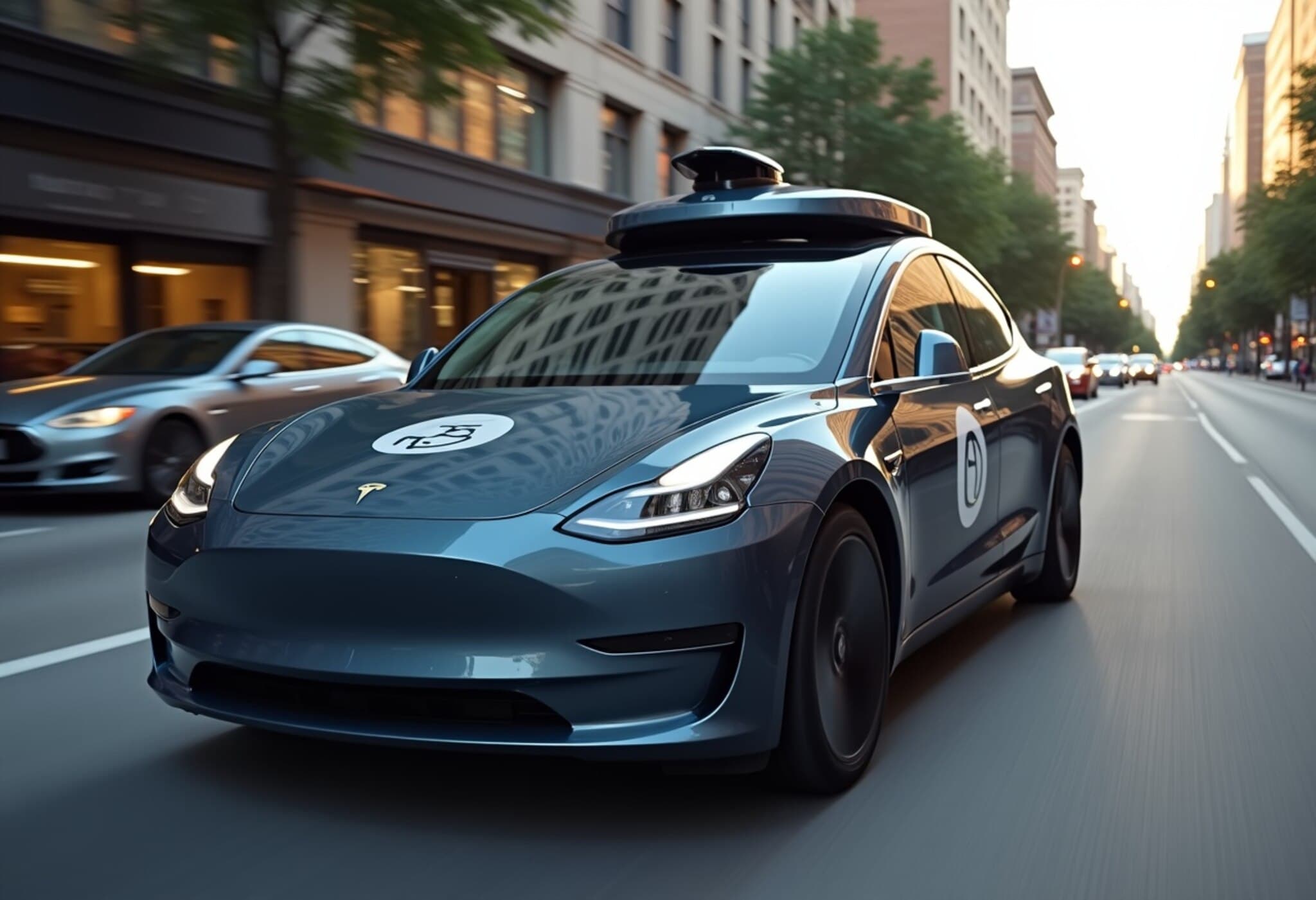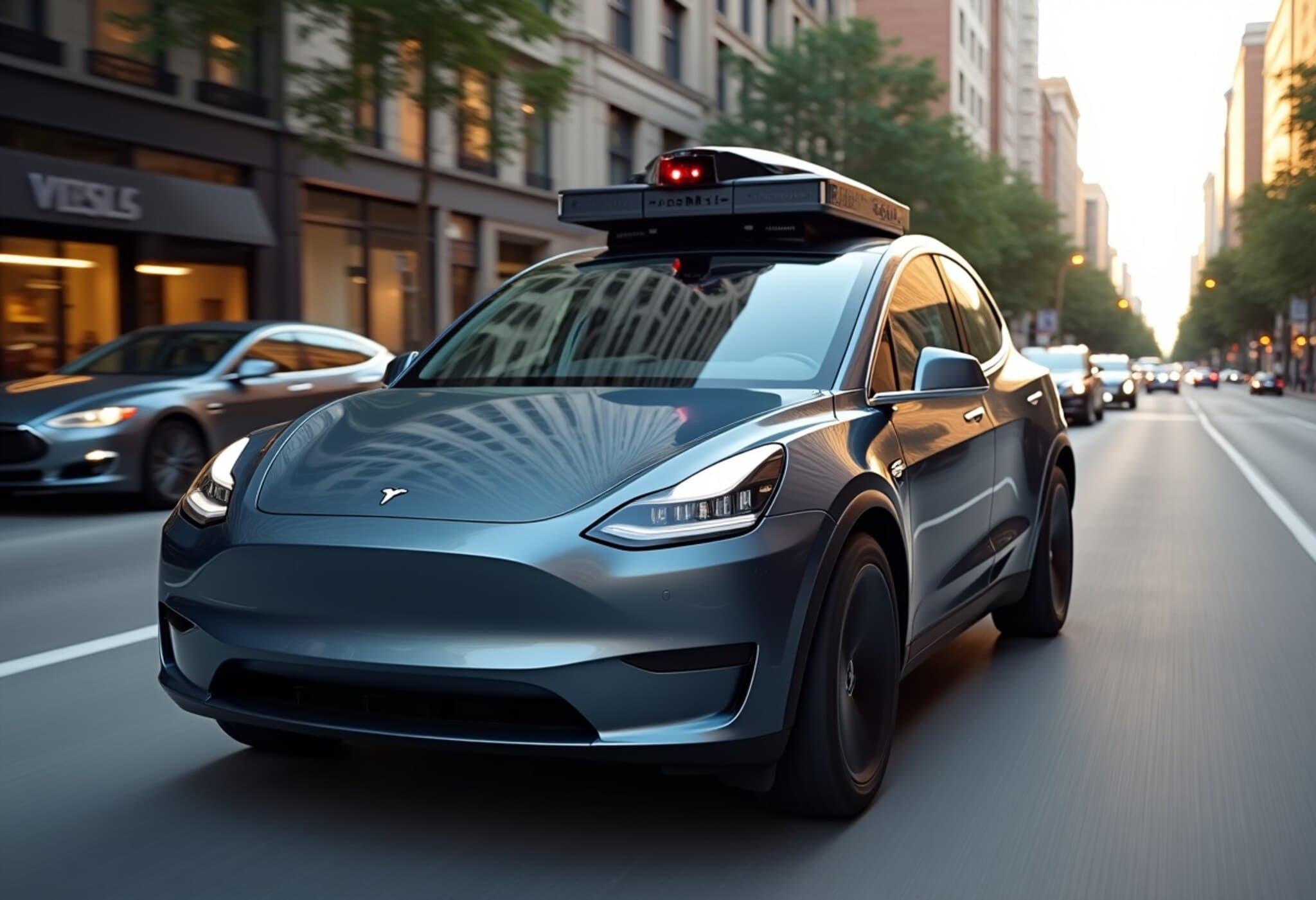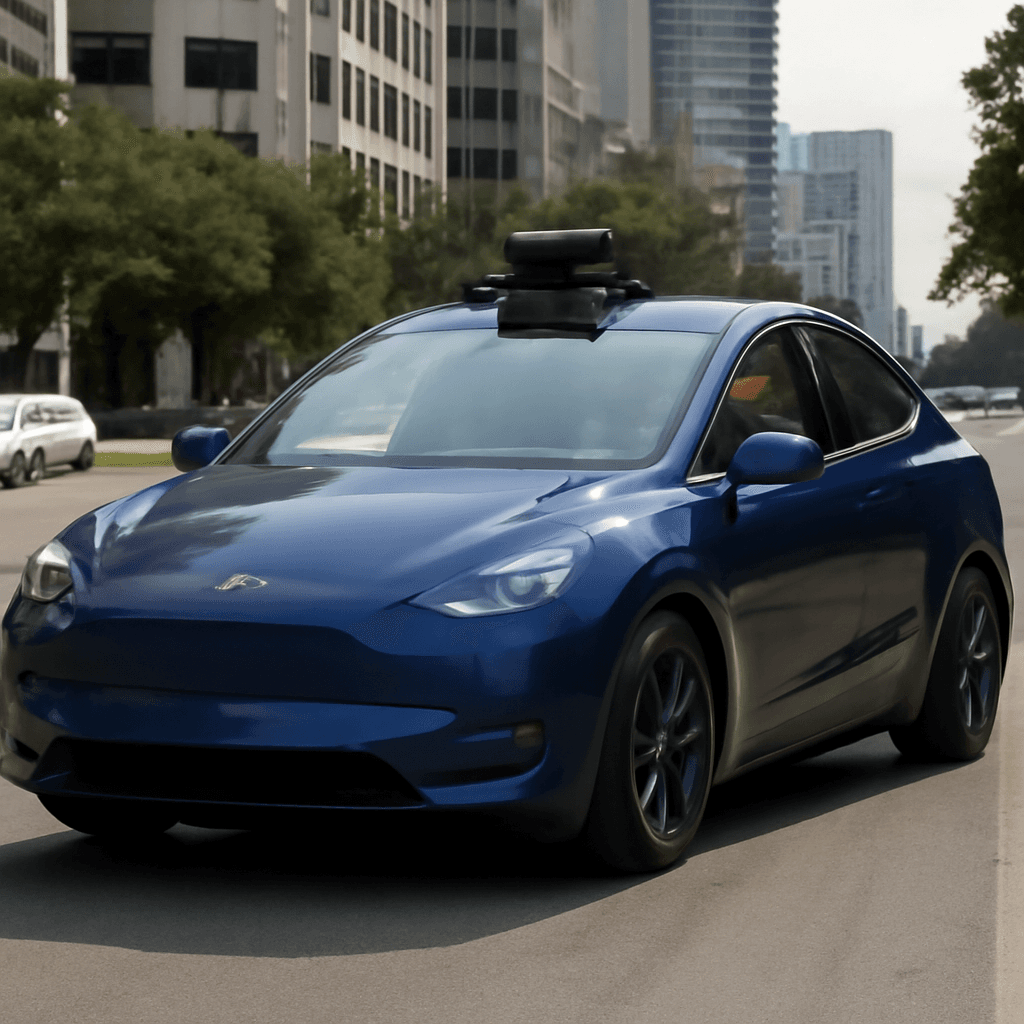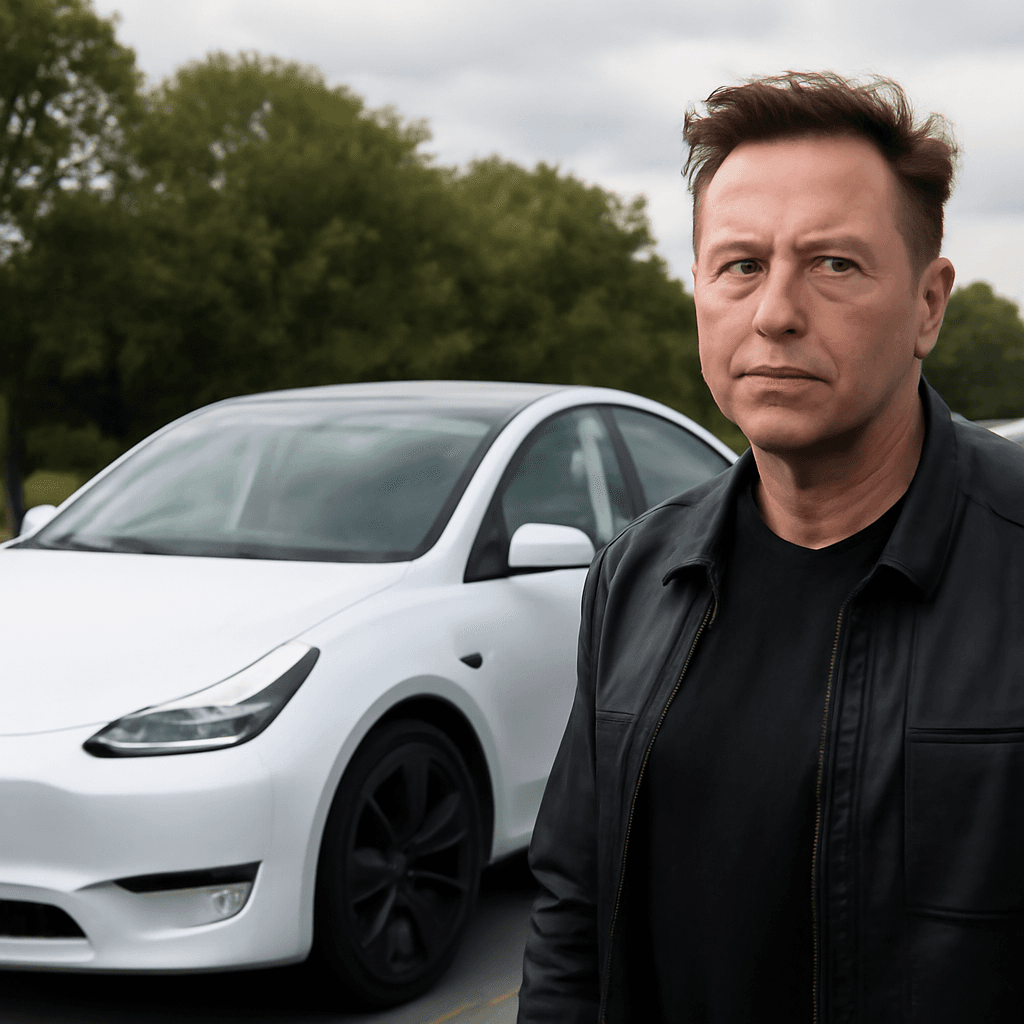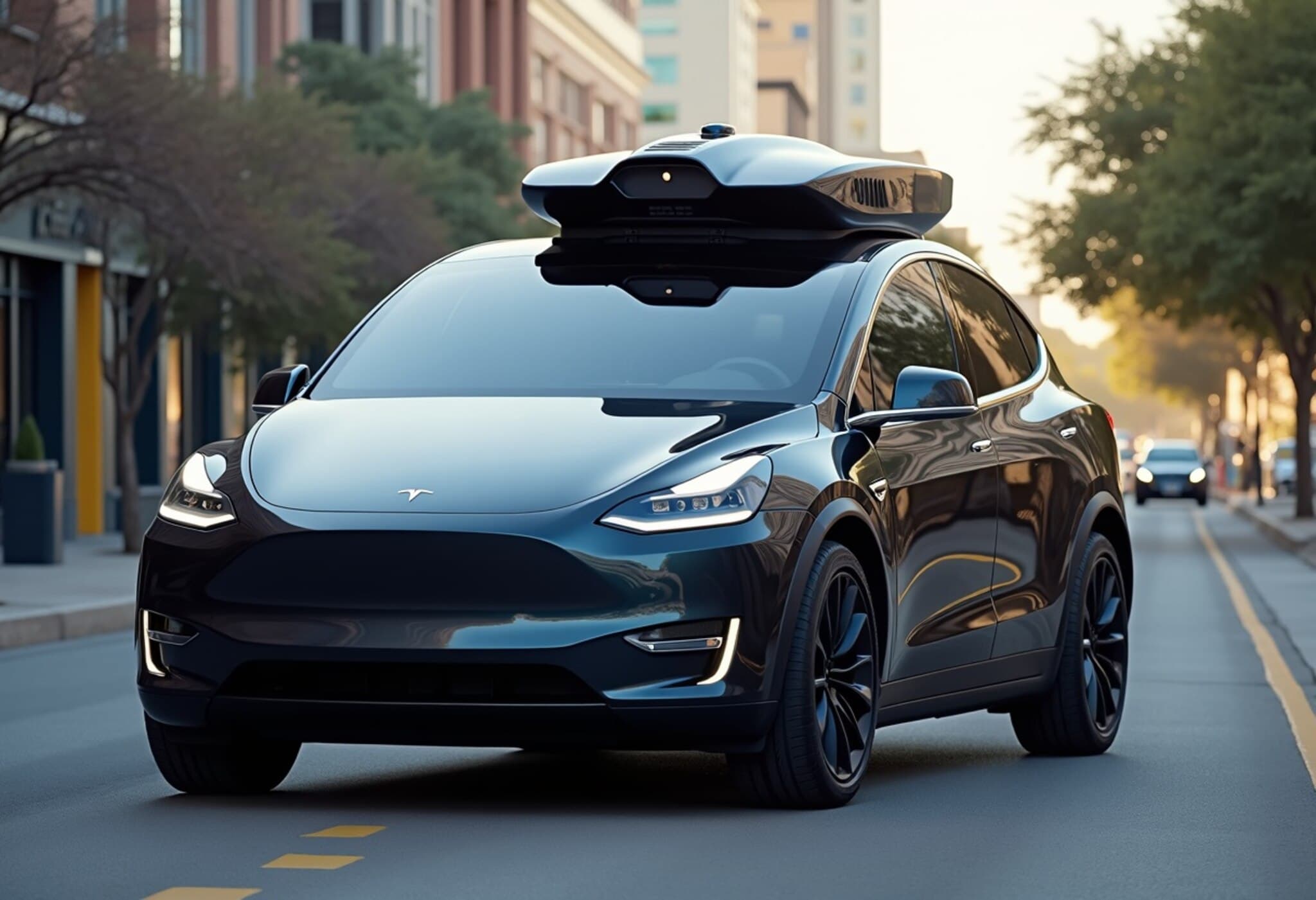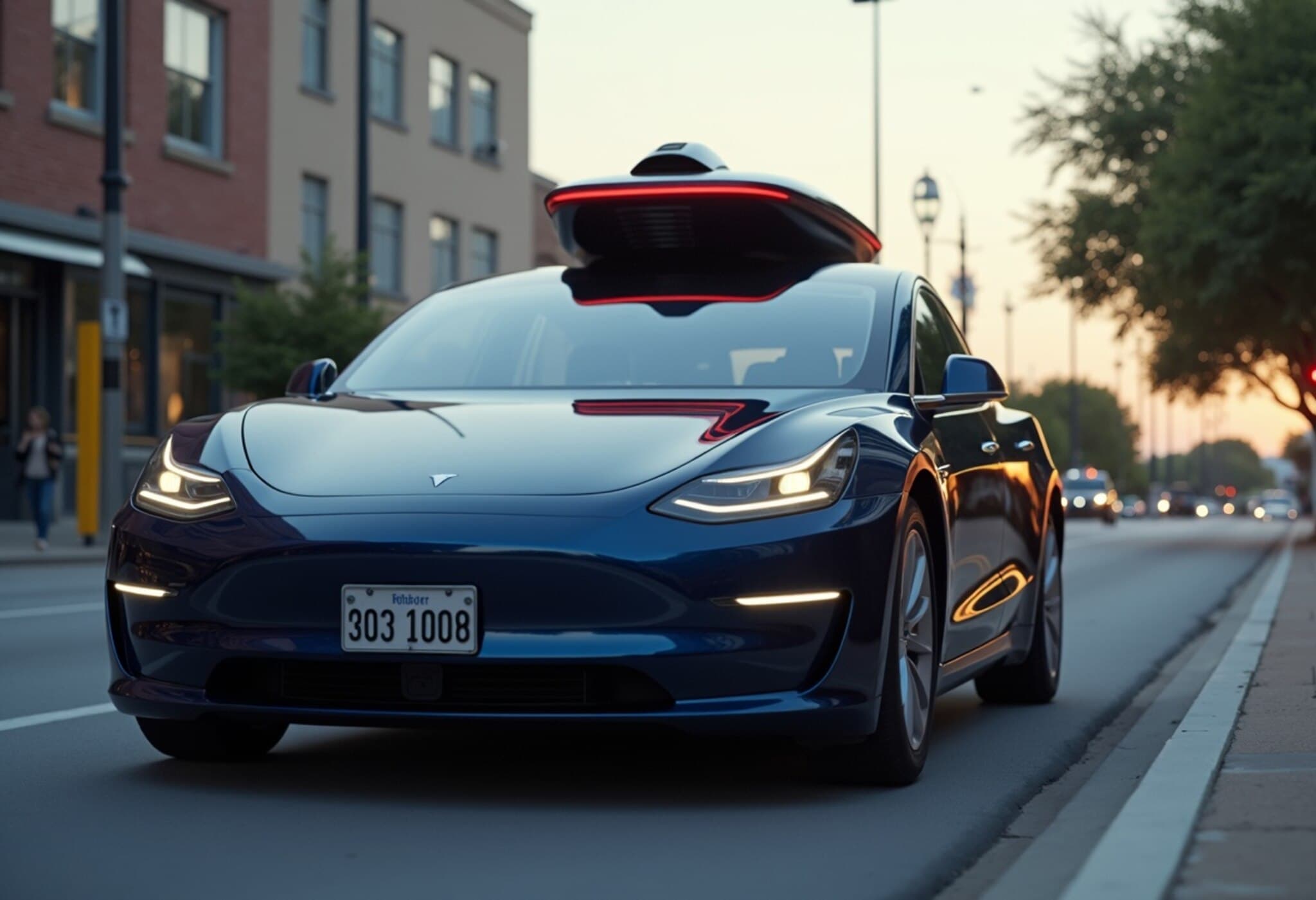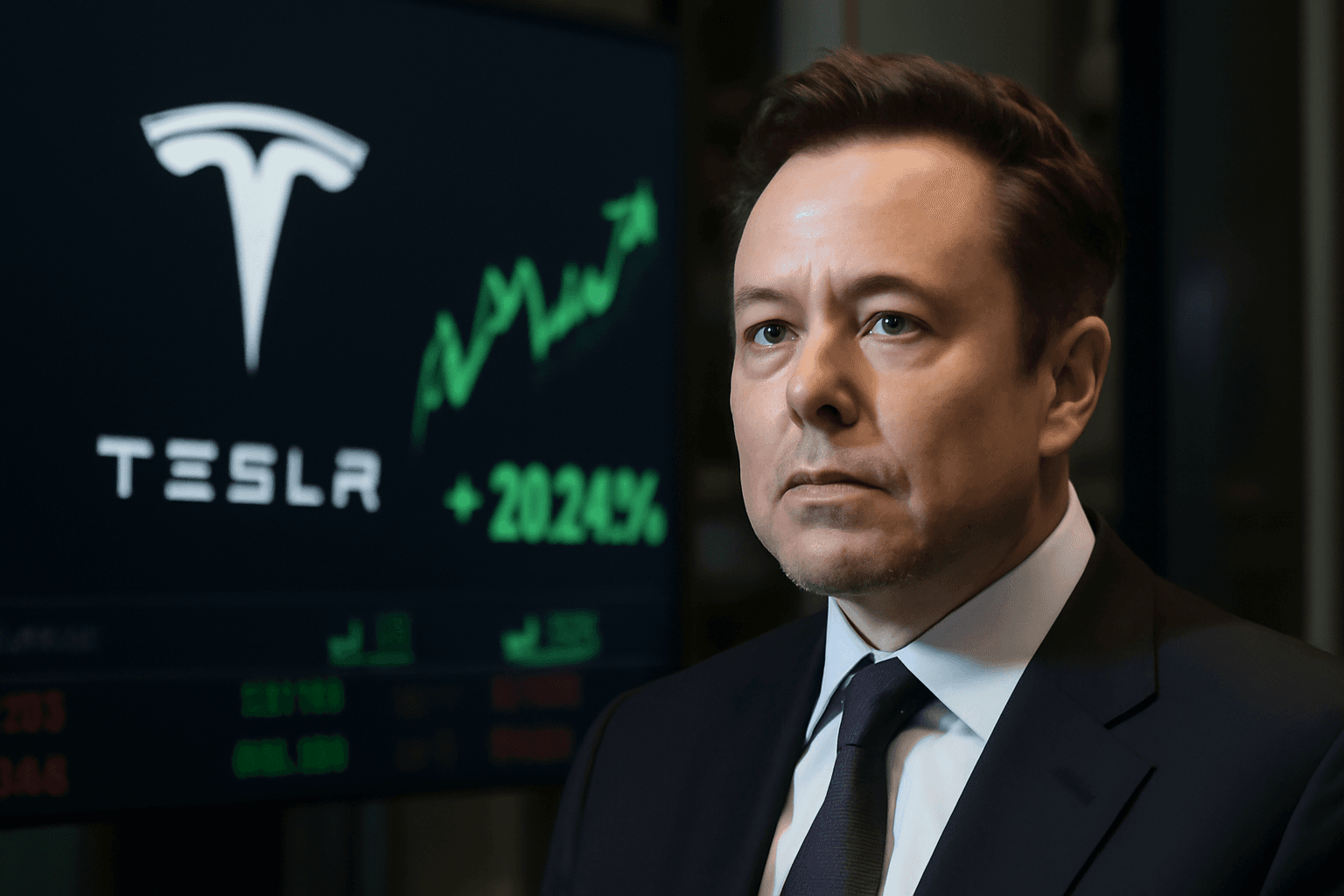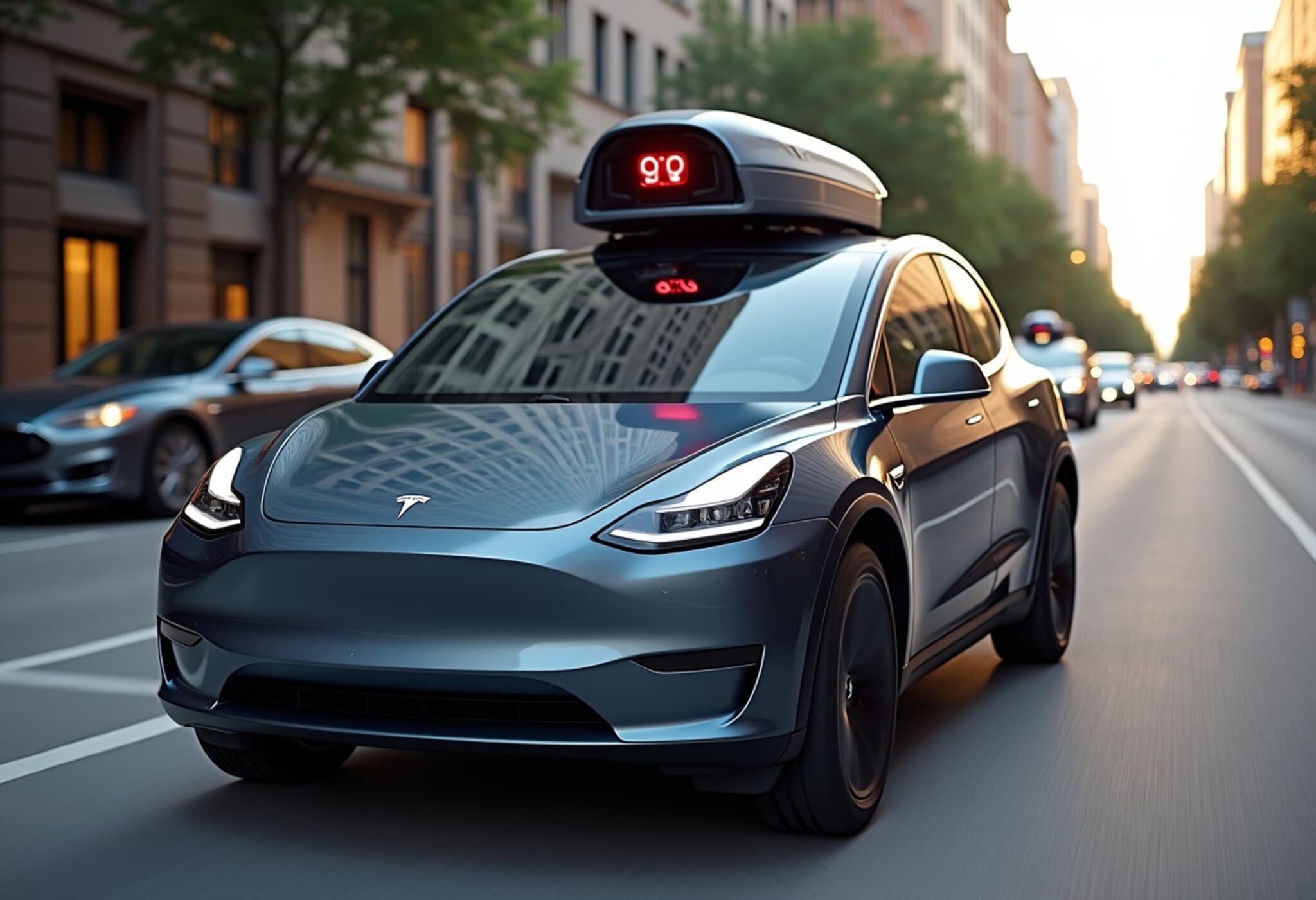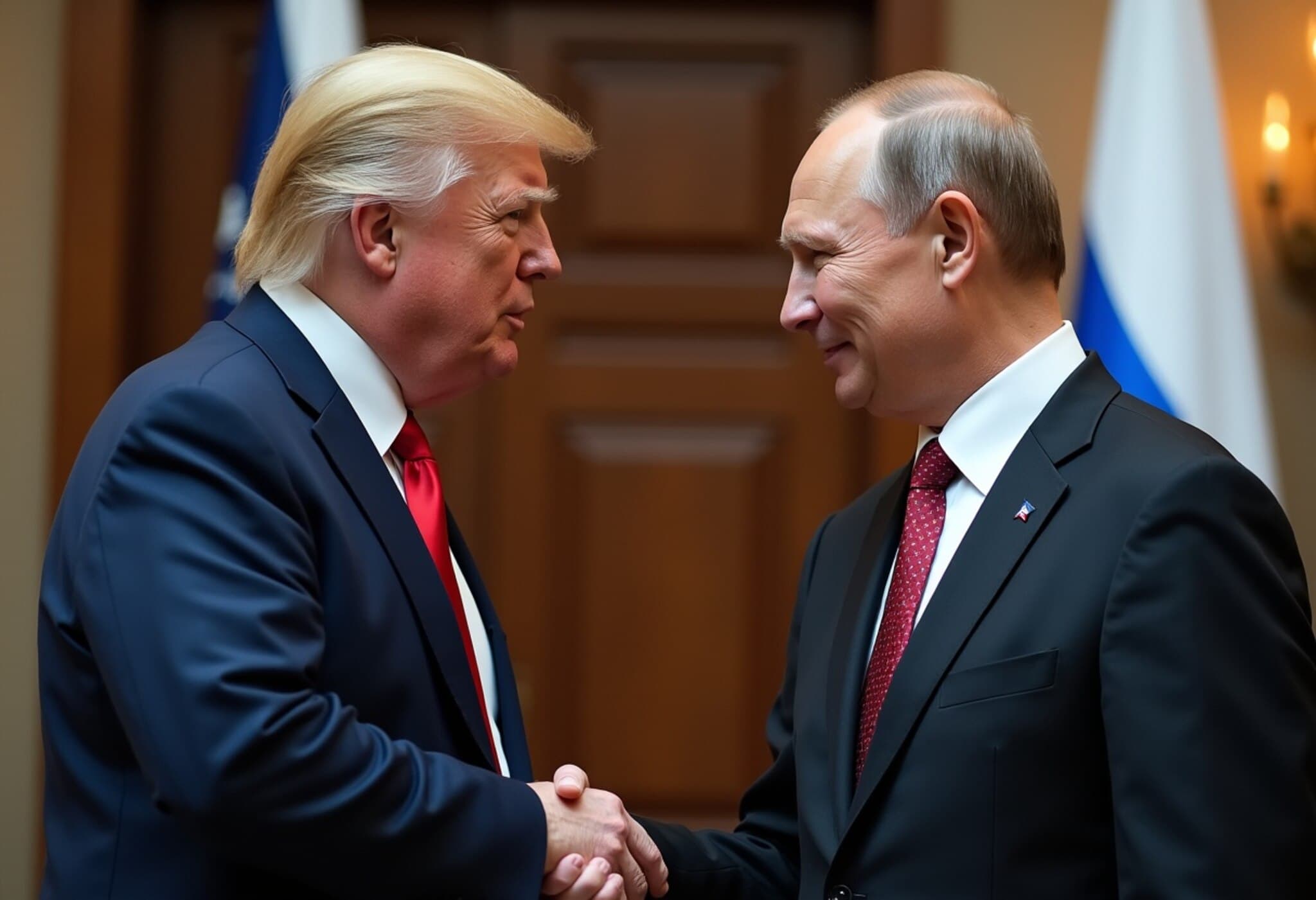Tesla’s Robotaxi Ambitions in New York Face Regulatory Hurdles
Tesla has begun recruiting test drivers in Queens, New York, to operate vehicles equipped with advanced "automated driving systems," signaling an intensifying push into autonomous ride-hailing. However, the company has not yet secured the necessary permits from New York City authorities to legally test self-driving cars on public streets. This gap raises critical questions about Tesla’s approach to regulatory compliance as it moves to scale its robotaxi operations nationwide.
Hiring Drivers Before Permits: A Bold Strategy
On Tesla’s careers page, the company posted openings for vehicle operators responsible for handling engineering vehicles during extended drives, collecting vital audio and camera data. This recruitment is not isolated—Tesla is also seeking test drivers in Dallas, Houston, Tampa, Orlando, Miami, and Palo Alto. These hires are expected to contribute data for Tesla's Full Self-Driving (FSD) and Autopilot programs, designed to automate ride-hailing services.
Meanwhile, the New York City Department of Transportation (NYC DOT) confirmed that Tesla has not formally applied for testing permits for autonomous vehicles in the city—a mandatory step that requires companies to retain a trained safety operator behind the wheel at all times. This strict regulation aims to safeguard public roads during the transitional phase of AV deployment.
Comparing Tesla’s Approach to Industry Leaders
Waymo, a dominant figure in autonomous mobility, has applied for permission to test driverless cars in New York, though the application remains under review. Unlike Tesla's currently unpermitted efforts, Waymo adheres closely to regulatory protocols, underlining tensions between innovation speed and legal oversight.
While Tesla’s CEO Elon Musk envisions an AI-driven future beyond car sales, financially Tesla is still heavily reliant on traditional vehicle sales and battery storage revenues. The company's delayed deliveries and shuttered projects—like prioritizing the niche Cybertruck over more affordable EV models—add to the complexity of Tesla's expansion ambitions.
Texas: A Testing Ground for Tesla’s Robotaxi Service
Tesla recently obtained a unique regulatory green light in Texas, allowing it to operate a ride-hailing service without a human safety driver onboard. Since launching a limited, invite-only robotaxi fleet in Austin in June, Tesla employees have been riding as safety monitors. Musk has publicly stated his goal to open this service to the wider public soon, marking a milestone in Tesla’s autonomy journey.
Similarly, in San Francisco, Tesla is offering "autonomous ride-hailing" but cannot officially transport passengers autonomously due to restrictions enforced by the California Public Utilities Commission.
Regulatory and Safety Concerns Loom Large
Tesla’s aggressive push into autonomous vehicle operation has attracted multiple federal investigations and lawsuits, especially following crashes involving Autopilot or FSD modes. Critics highlight discrepancies between Tesla's marketing of its driver assistance systems as "hands-off," and regulatory documents that stress these features are mere driver aids—requiring constant driver engagement.
The California DMV has previously sued Tesla over allegations of false advertising, underscoring ongoing legal challenges tied to how Tesla presents its technology versus actual capabilities and safety.
What Tesla’s New York Moves Mean for Urban Mobility
The recruitment of test drivers ahead of securing permits raises important questions about Tesla's approach to balancing rapid innovation with compliance and public safety. If Tesla proceeds without proper regulatory approval, it risks friction not just with city regulators but also with the public's trust—a critical asset for widespread acceptance of autonomous ride-hailing.
Moreover, Tesla's strategy contrasts with more cautious industry players who prioritize transparent cooperation with regulators. This divergence illuminates a broader debate: how to responsibly integrate self-driving technology into complex, densely populated urban environments.
Expert Insight
Dr. Sarah Freeman, a transportation policy analyst, notes: "Tesla’s aggressive timeline reflects the immense pressures in Silicon Valley to lead in AI-driven mobility. But urban centers like New York impose challenges that can’t be solved by technology alone—they require stringent oversight, clear accountability, and incremental trust-building with the public."
For policymakers, Tesla’s case underscores the urgency of updating legal frameworks to keep pace with rapidly evolving technologies while ensuring safety and equity for all road users.
Summary and Looking Ahead
Tesla is ambitiously expanding its robotaxi program by hiring New York-based test drivers without yet having the official permits needed to test autonomous vehicles on city streets. While the company enjoys regulatory freedoms in states like Texas, its efforts in New York and California are still tightly constrained by permitting processes and public safety concerns.
As Tesla juggles innovation with legal scrutiny and public opinion, the outcome will have broader implications for how self-driving technologies are introduced in major cities across the U.S. How Tesla navigates these challenges might well define the future trajectory of autonomous urban mobility nationwide.
Editor’s Note
As Tesla races to establish its robotaxi footprint, questions abound: Can the company balance rapid technological advancement with the rigorous safety and regulatory standards New York and other cities demand? What does Tesla’s approach signal for the broader autonomous vehicle industry’s relationship with policymakers and the public? Finally, as autonomous ride-hailing inches closer to reality, how will urban areas adapt infrastructure and laws to ensure safety without stifling innovation? This evolving story warrants close observation from consumers, regulators, and industry watchers alike.

